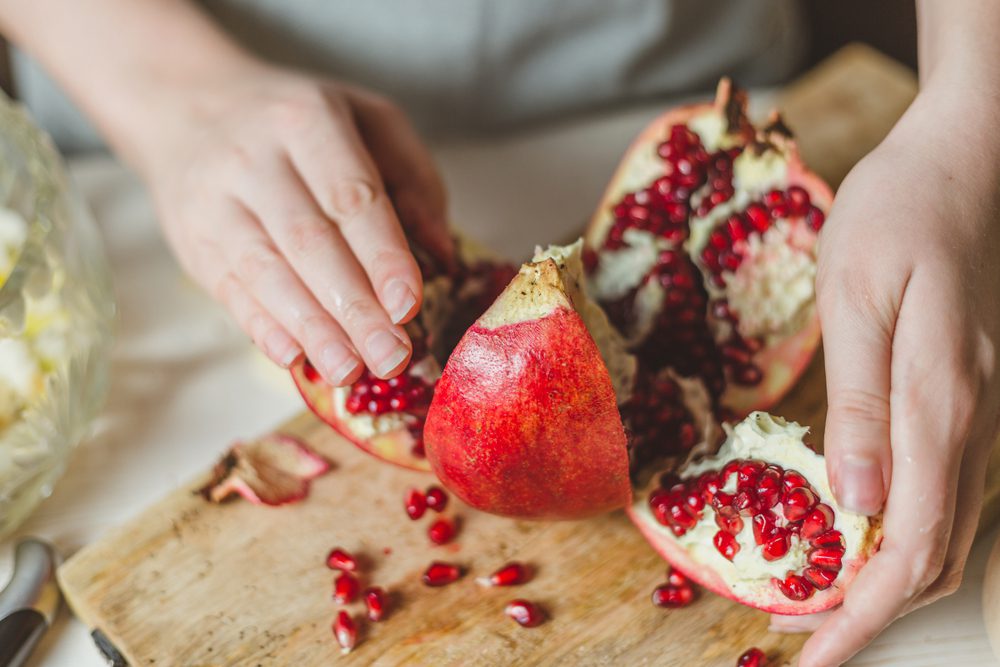Frequently Asked Questions About a Heart-Healthy Senior Diet
1. How much fatty fish should I aim to eat per week?
The American Heart Association generally recommends eating two 3.5-ounce servings of non-fried fish, particularly fatty fish like salmon or sardines, each week. This amount provides a good dose of heart-protective omega-3 fatty acids.
2. Are frozen berries and vegetables really as nutritious as fresh ones?
Absolutely! Frozen produce is a fantastic option. Fruits and vegetables are typically flash-frozen at their peak of ripeness, which locks in their vitamins and minerals. They are often more affordable, available year-round, and can help you reduce food waste. Just be sure to choose plain frozen products without added sugars, sauces, or salt.
3. I’m on a blood thinner. Do I have to give up spinach and kale?
No, you do not. The most important factor for people on blood thinners like warfarin is maintaining a consistent intake of Vitamin K. You should not suddenly eliminate leafy greens or start eating massive quantities of them. Enjoy them in moderate, consistent amounts as part of your regular diet and ensure your prescribing doctor is aware of your eating habits.
4. What if I really don’t like fish? Are there other good sources of omega-3s?
Yes, there are excellent plant-based sources of an omega-3 called ALA. Walnuts, ground flaxseeds, chia seeds, and edamame are all great choices. While the body’s conversion of ALA to the EPA and DHA found in fish is not very efficient, these foods still provide significant anti-inflammatory and heart-health benefits. A fish oil supplement could be an option, but this should only be taken after a discussion with your doctor.
5. I hear a lot about sodium. How does that fit into a heart-healthy diet?
Managing sodium intake is critical for controlling blood pressure. The best way to do this is to focus on a diet rich in whole foods, as over 70% of sodium in the typical American diet comes from processed, packaged, and restaurant foods. When you cook at home, you have control. Use flavorful herbs, spices, garlic, and citrus to season your food instead of reaching for the salt shaker, and always read the nutrition labels on packaged goods.




















